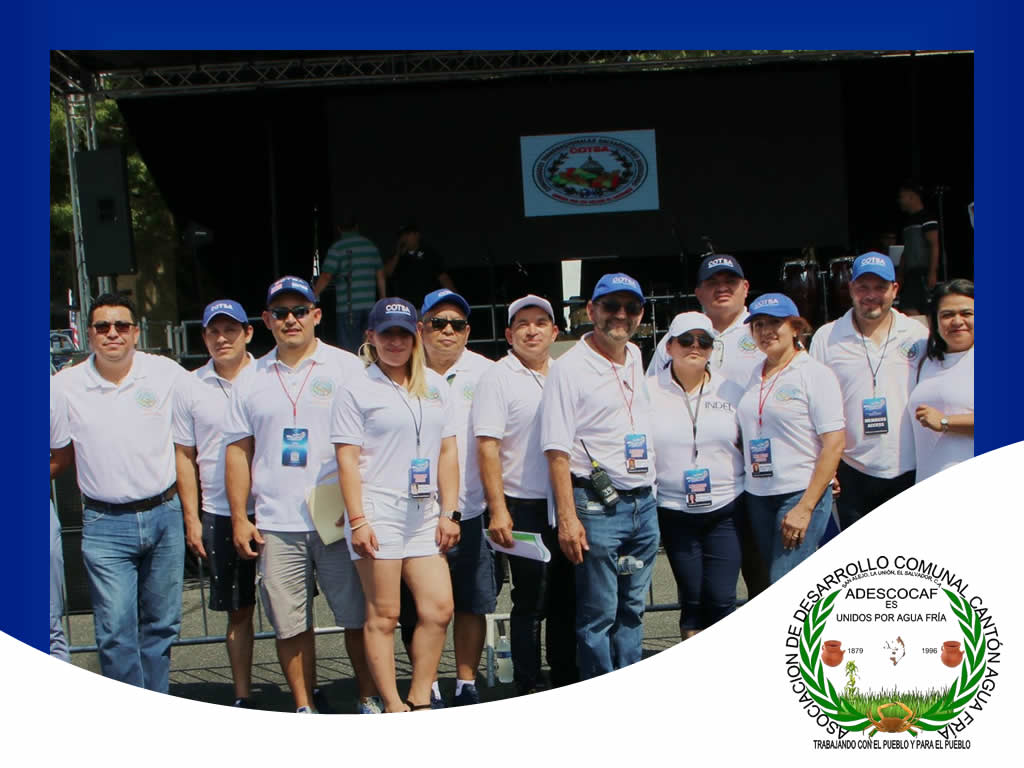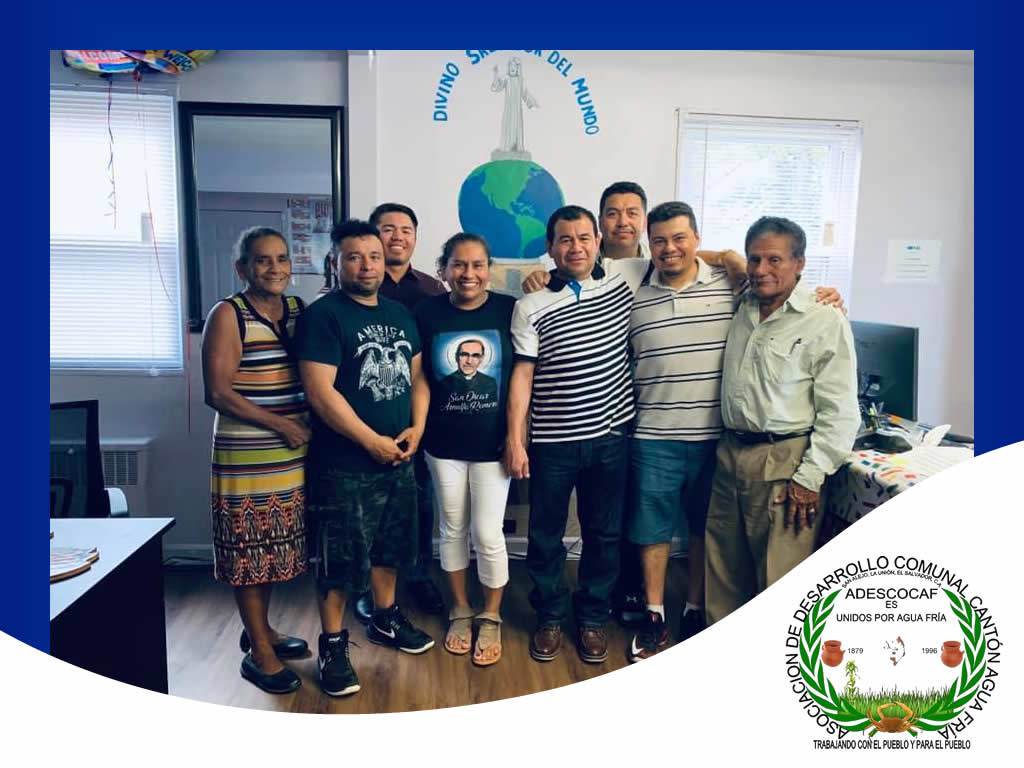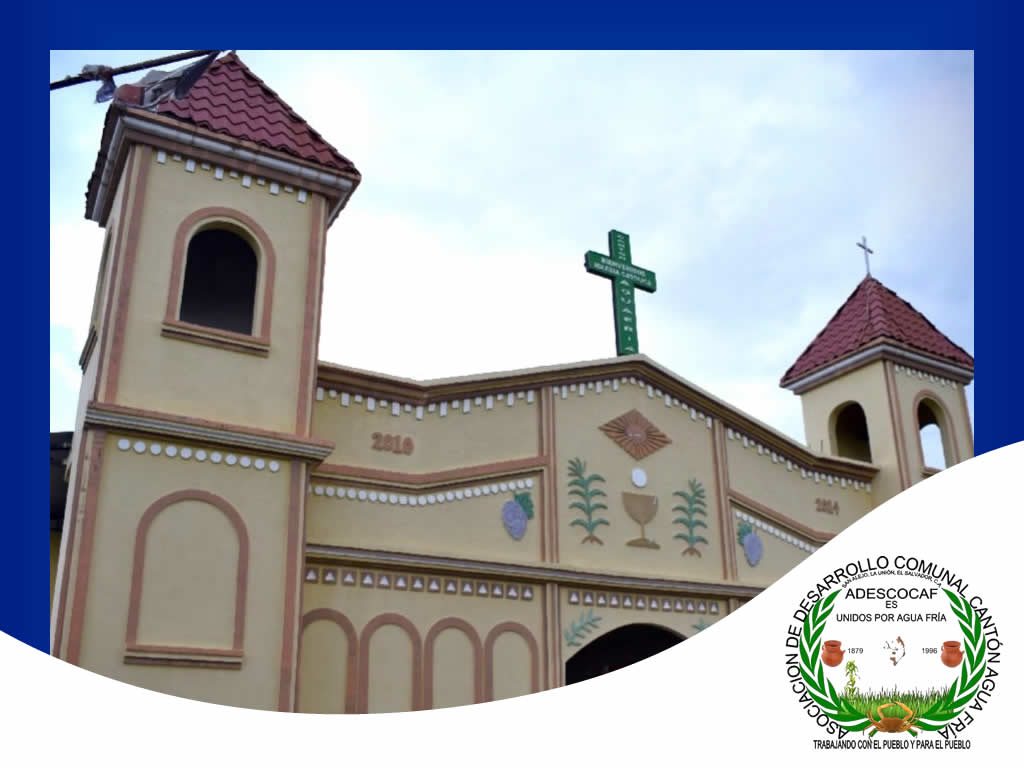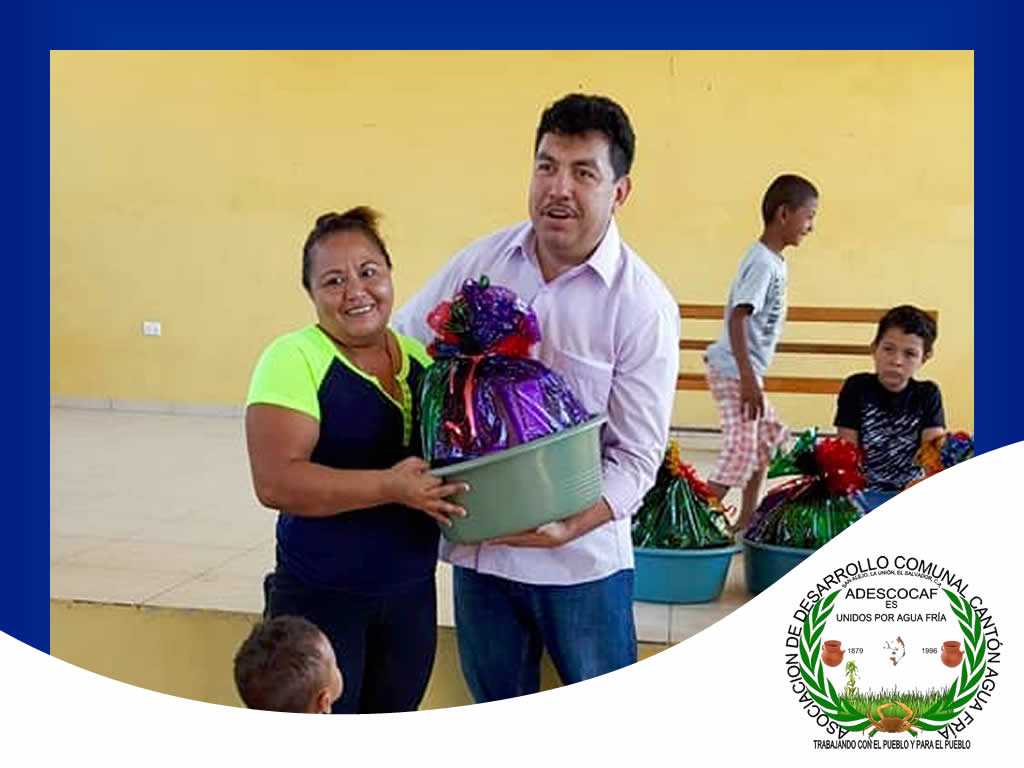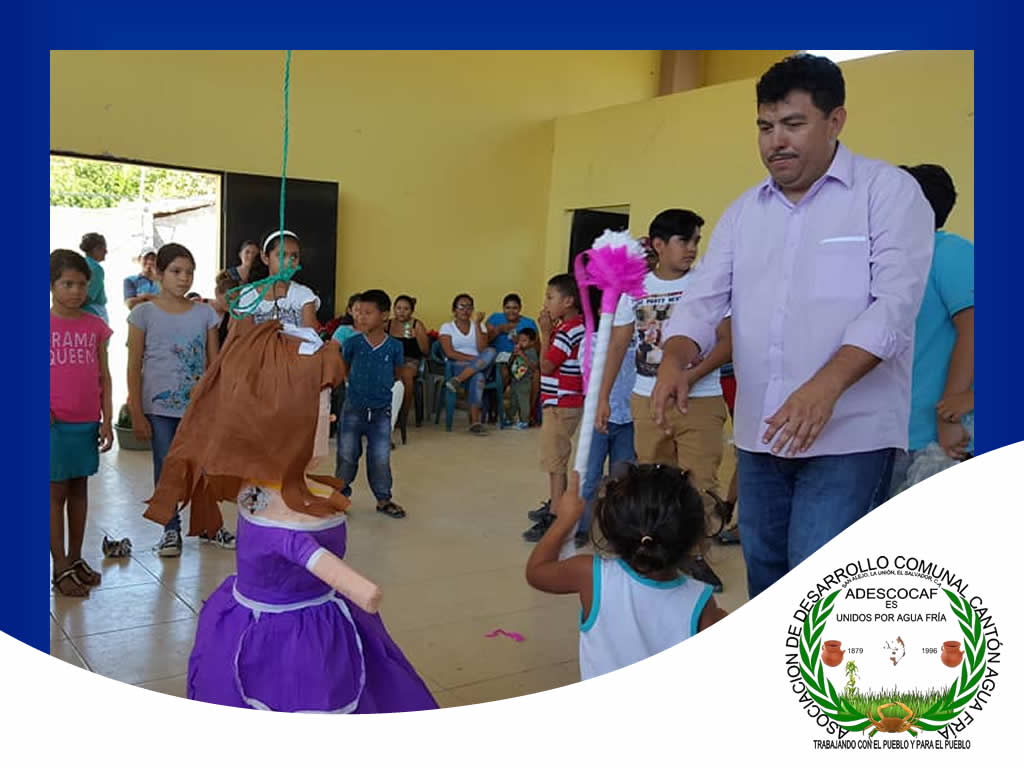
Committee
Agua Fria
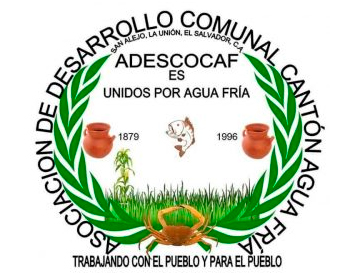
Hhistory
The interest in helping his people in the Agua Fría canton, Department of La Unión, in eastern Salvador,—where he is originally from—made businessman Jesús Hernández bring out his philanthropic instincts to start donating something valuable to his peers, but at the same time he felt that he needed other people to give shape and strength to an organized group. Hernández's response was immediate and shortly after, Adán González, Blanca Serrano, Inés Treminio, Yanira Treminio, Corina Torres, David Ortiz, Gloria Villatoro, Sandra Villatoro and Mauricio Fuentes joined the task. This is how in 2013 they founded what would henceforth be the United for Agua Fria committee.
Activities
Since then, several ways have been devised to raise funds, including raffles, parties, sports tournaments and excursions. They also participate in the annual festival of the Salvadoran Transnational American Communities (COTSA) and in all their activities, such as the car raffle each year.
What we do?
In the early years, when they managed to raise enough funds, one of their first projects was to build a multipurpose room in the educational complex of their canton. Likewise, they aimed to support and improve the health center, the church, and help financially those who need it most. Every year in December they hold the Unidos en Navidad festival, where more than 100 Christmas baskets are donated to the same number of families, and they also help to improve the condition of the community cemetery, among other things. They also collaborate with sports.
Directive
The current directive is made up of the following:
President: David Ortiz
Vice President: Jose Ortiz
Treasurer: Melvin Vásquez
Secretary: Mauricio Fuentes
Undersecretary: Gloria Villatoro
Although the name of Jesús Hernández does not appear on the list of directors, he is always aware of what is happening and collaborates where he can.
About the canton
The Agua Fría canton was founded in 1879 (almost 150 years ago) and is one of the 17 cantons that make up the municipality of San Alejo, a city that also has 43 hamlets and that together have an area of 251.64 kilometers, where they live about 18 thousand inhabitants. It could be said that due to its size and its population of about 2,500 inhabitants, Agua Fría is the largest canton in that municipality near the Gulf of Fonseca. Some residents have already tried to elevate it to the category of a town, but efforts in that direction have failed, both at the level of the Department of La Unión and the central government.
The canton has its own health clinic, a luxury church with a permanent priest, four soccer teams and two sports fields (Estadio Agua Fría and El Milan) as well as an educational complex. According to historians, the origin of Agua Fría comes from a spring of fresh water located in the area known as El Mangón, a centenary tree of that fruit. That birth has served to supply drinking water to the canton. The patron saint festivities of the canton are on May 2 and 3 dedicated to the Holy Cross, although every year they also celebrate the co-patron saint festivities on December 13 dedicated to Saint Lucia, who since time immemorial has been the patron saint of the blind and lawyer of vision problems and is loved by Catholics, Orthodox and Lutherans. Agua Fría is the birthplace of very good musicians such as Levis Ortiz or Los Chicos del Sabor, of excellent athletes such as the brothers Santos Ortiz and Carlos Ortiz, who play in Major League teams such as Águila or Firpo and in the National Soccer Team itself. Likewise, the renowned political leader Oscar Ortiz is originally from Agua Fría, who was vice president of the republic from 2014 to 2019, municipal mayor for several years in the important city of Santa Tecla —neighboring the capital San Salvador—, as well as a deputy. of the Salvadoran Legislative Assembly.
Agua Fria was famous for the production of artisanal items made of black or red clay, as well as for the punches (crab) hunters, which made the residents of that canton still known as “Los puncheros”, although there are few people who They carry out the difficult task of going to get those seafood from the mud flats on the seashore, which is about an hour's walk away.

